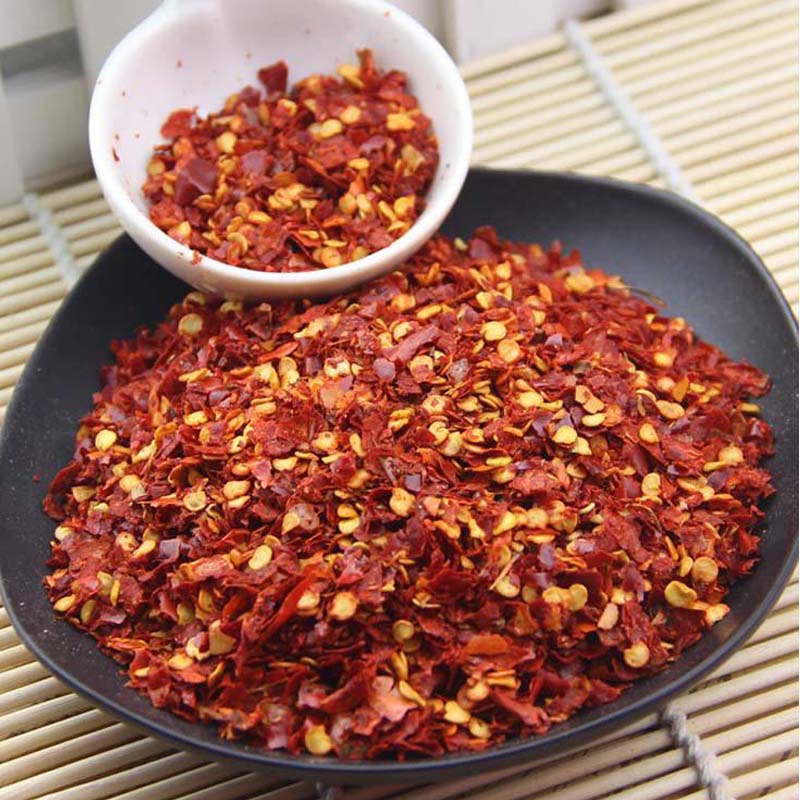- No. 268 Xianghe Street, Economic Development Zone of Xingtai city, Hebei 054001 China
- Byron@hbhongri.cn
natural paprika
The Flavorful World of Natural Paprika
Paprika, a vibrant spice that adds a splash of color and flavor to countless culinary creations, is derived from dried and ground fruits of the Capsicum pepper plant. While it’s often associated with Hungarian and Spanish cuisine, its rich history and diverse uses span across continents. In this exploration of natural paprika, we delve into its origins, varieties, health benefits, and culinary applications, showcasing why this spice deserves a place in every kitchen.
Origins and Varieties
Natural paprika has its roots in Central America, where the Capsicum pepper was first cultivated by indigenous peoples. Spanish explorers brought these peppers back to Europe in the 16th century, leading to its widespread adoption, particularly in Hungary and Spain. Today, paprika is classified into several categories, each with its distinct flavor profile, color, and heat level.
Hungarian paprika is perhaps the most renowned, characterized by its deep red hue and various intensities ranging from sweet to hot. It is often used in dishes like goulash and chicken paprikash, giving them a rich, smoky undertone. Conversely, Spanish paprika, or pimentón, is typically smoked, imparting a unique flavor that enhances dishes such as chorizo and various sauces. Other varieties include sweet, mild, and hot paprika, enabling chefs to tailor the flavor profile of their dishes.
Culinary Applications
The versatility of natural paprika makes it an essential ingredient in many kitchens
. It can be used to enhance the flavor of soups, stews, marinades, and sauces, while also serving as a beautiful garnish for dishes. A sprinkle of paprika can elevate the appearance of deviled eggs, potato salads, and hummus, lending them an attractive red hue that entices the eye.natural paprika

Beyond its aesthetic appeal, natural paprika's flavor can transform humble ingredients into culinary masterpieces. For instance, adding sweet paprika to roasted vegetables can create a delightful contrast of sweetness and smokiness. Meanwhile, a dash of hot paprika can bring warmth to seafood dishes and grilled meats, offering a tantalizing kick.
Health Benefits
Natural paprika is not just a flavor enhancer; it also boasts numerous health benefits. Rich in vitamins A and E, it supports eye health and skin protection. Additionally, paprika contains antioxidants such as carotenoids, which can help reduce inflammation and promote overall well-being.
Moreover, the capsaicin present in hot paprika may have metabolism-boosting properties, making it an excellent addition to dishes for those looking to enhance their weight loss journey. The spice has also been linked to improved circulation due to its ability to stimulate blood flow, making it a beneficial component of a heart-healthy diet.
Conclusion
In conclusion, natural paprika is more than just a seasoning; it's a versatile ingredient with historical significance, diverse varieties, and impressive health benefits. Whether you’re a professional chef or a home cook, incorporating paprika into your culinary repertoire can enhance the flavor and presentation of your dishes. From the smoky depths of Spanish pimentón to the sweet, rich tones of Hungarian paprika, this spice offers a world of flavor that can brighten any plate. So, the next time you reach for the spice rack, don’t forget the vibrant allure of natural paprika – it may just be the key to elevating your cooking to new heights.
-
Turmeric Rhizome Powder: A Golden Treasure from Roots to TableNewsJul.28,2025
-
The Versatile Application Of Crushed Red Hot Peppers: Lighting Up The Red Flames On The Dining TableNewsJul.28,2025
-
The Paprika: A Touch Of Vibrant Red In Color, Flavor, And CultureNewsJul.28,2025
-
Ground Turmeric: A Modern Examination of an Ancient SpiceNewsJul.28,2025
-
Capsicum Liquid Extract: Features, Applications, and ChallengesNewsJul.28,2025
-
Application of Capsicum Liquid Extract in FoodNewsJul.28,2025







